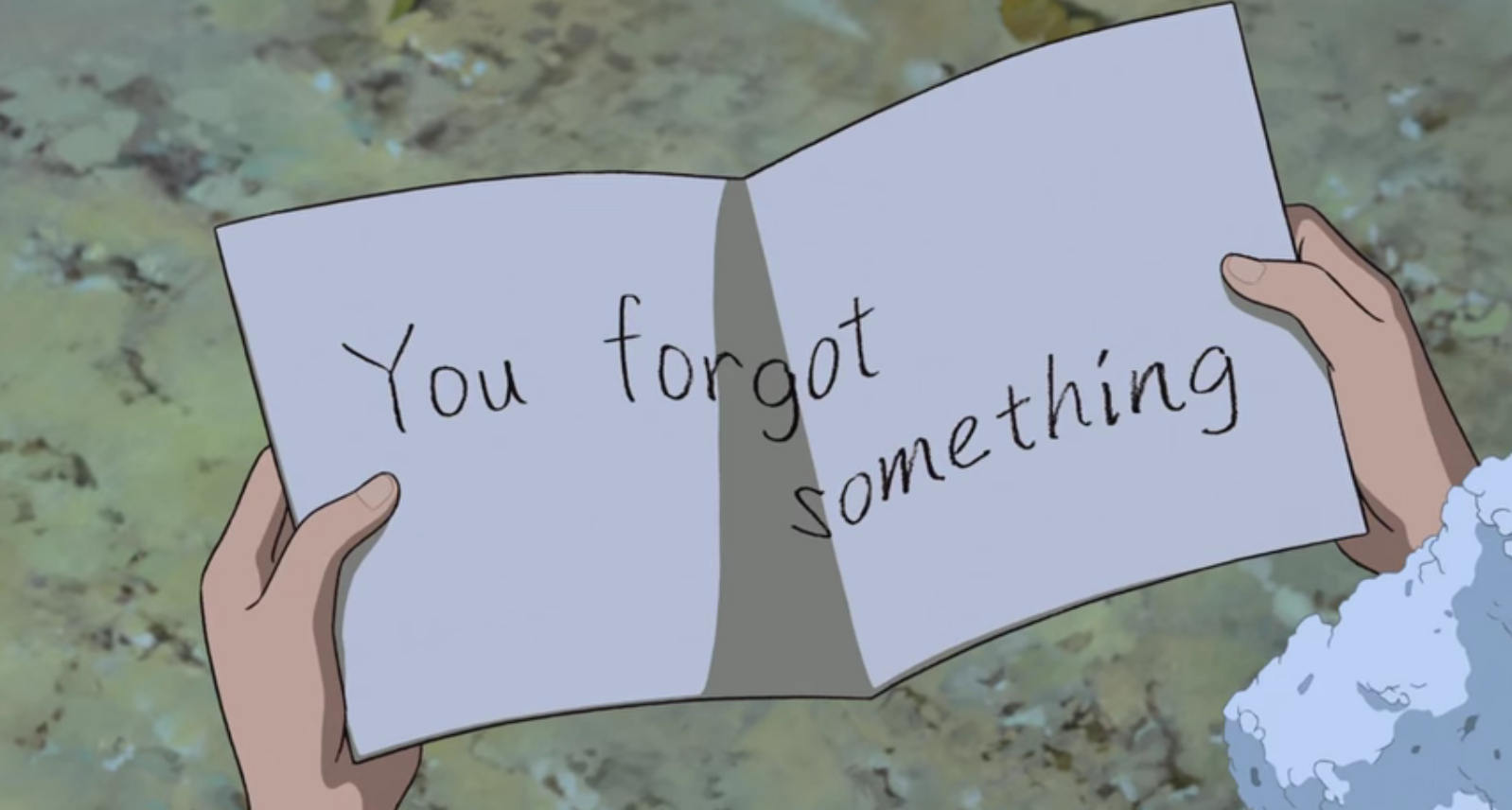That was the question Chris Michael of the Guardian asked Yoshiaki Nishimura, the producer of “When Marnie Was There”. And Nishimura’s answer was slightly reworded and put up as a title of the article. Reading the whole article made me wonder if I clicked the bait, but Nishimura’s comment is still problematic, to say the least.
And this answer was singled out in this Independent article and further analyzed in this Verge article.
Most tweets and responses from Japanese also express concerns about this Nishimura’s ‘biased’ comment. Some are hovering questions like “what was he thinking?” and others are flatly criticizing his ignorance and sexism. However, there were some people who reacted as if the article(s) were a cultural attack against Japanese society in general – Ghibli’s producer’s extraordinary comment was a free ticket for the ignorant foreign media to play out another Japan bashing. “There are lots of female directors in Japan”, “Many of the Ghibli productions are based on the novel by female authors” etc. and “singling out this vulgar comment smells like invoking reactions by molding ‘Japan-Anime-Sexism’ narrative”.
This may be a typical case of “you read yourself in anyone’s text”. The article is not about Japanese society. It is about Ghibli and its director and producer. But some Japanese think, without reading it closely, it is another politically-correct-Western-journalism-attacking-us.
But if you read the whole Guardian article, you find a lot more than this sexism slur. Interestingly, the article sheds light on a rarely discussed topic about Japanese anime industry. “Ghibli is facing the hard industry truth: hand-drawn animation is ever more expensive and risky to make, especially not outsourced to cheaper countries.” In terms of production practice, Ghibli has been most conservative, or even reactionary. They relied on the skills of individual animators and artists, and the process is extremely slow and labor-intensive.
Other production studios, which are constatnly griding out multiple TV anime series and occasional feature films, have taken numerous steps to streamline their production. Outsourcing off-shore has been a norm for many decades. CG and other tools are intoroduced and adapted rapidly. However, the processes are still labor-intensive. Because many workers (artists, illustrators, animators, special effects artists etc.) are employed on contract basis and not emplyees of particular studios, and human resource supply-and-demand balance is in completely employer’s favor, the industry labor practice in this ‘Anime Heaven’ is one of the worst you can find. The workers are often paied minimally, without no overtime pay, and most of the expences are not compensated. This practice – exploiting creators to the maximum to reduce cost while improving the visual quality – is gradually eroding the industry. Last year, Hideaki Anno (the creator of Evangelion series) expressed a concern: “I don’t know if the industry will survive another five years.” (This comment attracted emotionally charged responce from all quarters, and Anno later aplogetically said he had not meant it ‘that way’.) Henry Thurlow, the animator who worked in Japanese company for a while, told his experience here.
If you pay attention closely to credits in weekly anime programs from Japan, you may realize there are many female managers and artists invovled in any one of those projects. Judging from the whole atmosphere of the industry, it is just not about “a female director”. The industry itself is accustomed to exploiting its workers, and, in Japan, female creators are more vunerable.
UPDATE 2016.6.14
Yoshiaki Nishimura apologized for his comment via tweeter (@StudioPonoc) yesterday. He admitted he had made the comment during the interview, and wrote “‘Men tend to be idealistic while women are better in live in the real world.’ I did have such a discriminatry and biased idea, and I reflect upon myself and learn. I sincerely apologize.” Also, he made it clear that he is no longer with Ghibli (since the end of 2014).
Copyrighted materials, if any, on this web page are included as “fair use”. These are used for the purpose of research, review or critical analysis, and will be removed at the request of copyright owner(s).


